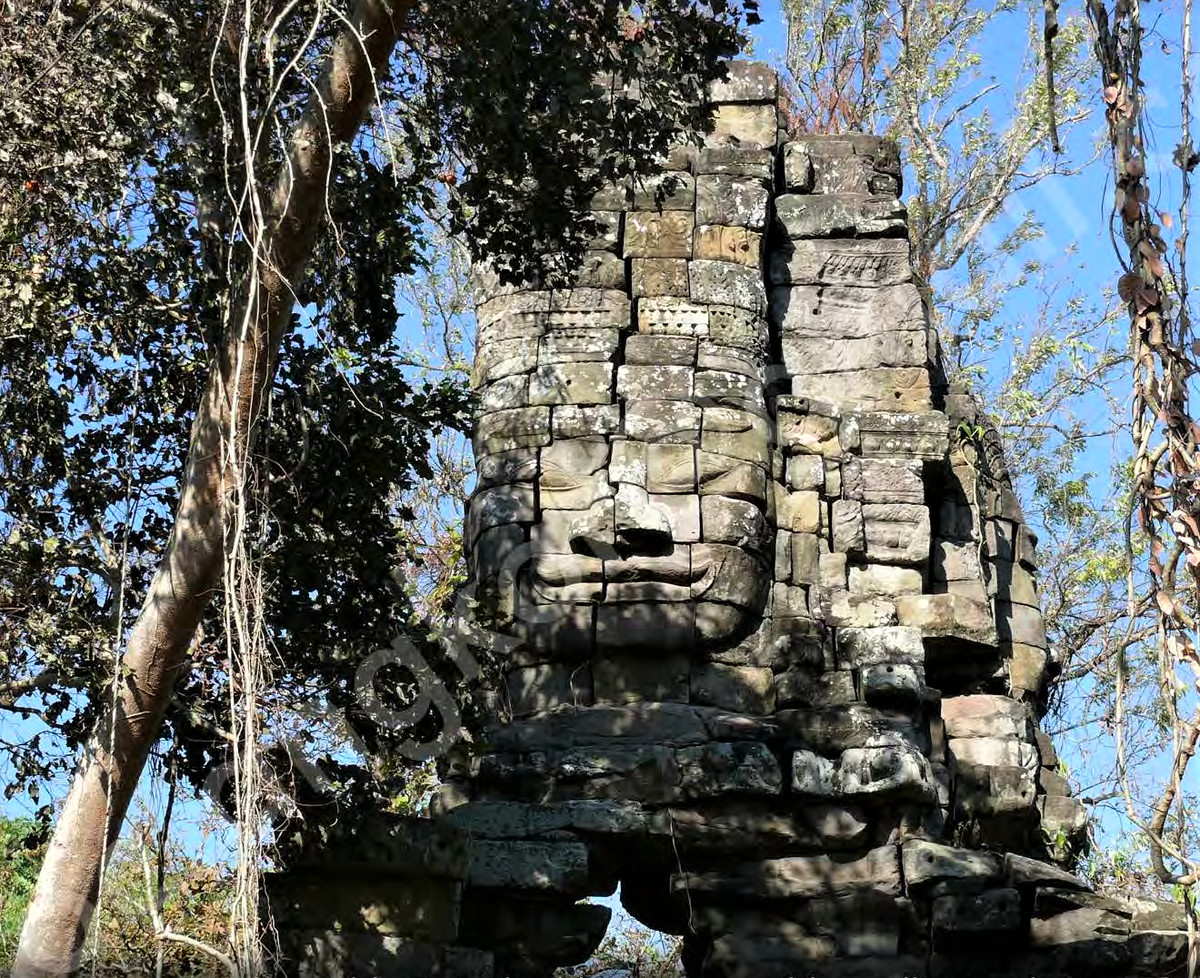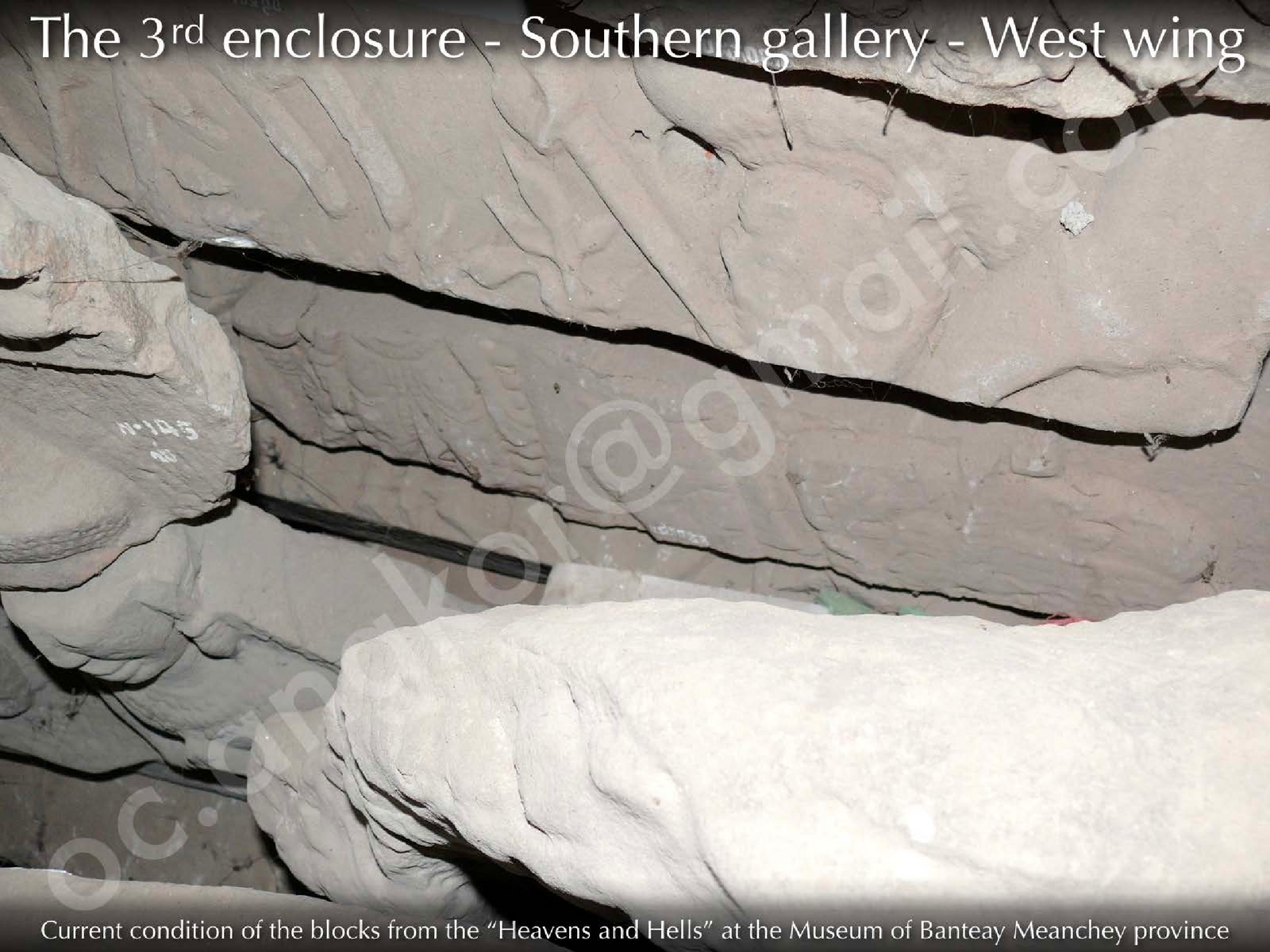Prasat Banteay Chhmar 3D Reconstruction, 4
by Olivier Cunin
A synthesis of the architectural history of Prasat Banteay Chhmar, the 'temple-garrison'.

Publication: Part 4
Published: 2002
Author: Olivier Cunin
Pages: 177
Language : English
pdf 4.6 MB
Banteay Chhmar (បន្ទាយឆ្មារ, often translated as ‘Cat Citadel’ while the meaning is most probably ‘The Barracks’, which makes sense since this massive temple was also a large garrison under King Jayavarman VII) remains a gigantic architectural puzzle.
Several factors concurred to its decay: insulated during decades by the Cambodian civil war and its aftermath, the vast temple and its numerous satellite shrines was also prey to looters as late as in 1998, mostly coming from neighboring Thailand. Also, deforestation and a centuries-old draining system in disarray aggravated the erosion and rendered the terrain more and more unstable.
Archaeo-architect Olivier Cunin applied the 3D reconstruction technique to prepare a dynamic mapping of the site, identifying three enclosures for the main structure and listing the common ‘architectural vocabulary’ between Banteay Chhmar and the Bayon Temple near Angkor.
In 2020, decorative elements from the main gangway leading from the temple to the Mebon basin and sanctuary were digged out of the muddy terrain. Four massive guardian lions were rescued.
3D reconstruction of the last construction phases at Prasat Banteay Chhmar main complex.
Part 4.
Tags: Banteay Chhmar, Bayon, Mebon, Khmer art, Jayavarman II
About the Author

Olivier Cunin
An independent researcher who worked extensively in Banteay Srei, the Bayon, Banteay Chhmar and Ta Prohm, Olivier Cunin is an architect-archeologist who has been promoting the technique of 3D reconstruction.
With a PhD in architecture, Architect DPLG, Olivier Cunin has worked with several research projects developed by CNRS, EHESS, ENSA Nancy and CASE.
“To understand a temple, we first need to know its original design, and digital reconstruction is a very useful tool. It’s not always possible to restore every temple physically but even if we could only construct it virtually, it would be a huge help in our understanding of the Khmer monuments,” stated Cunin during a symposium in Mumbai (India) in April 2019.

